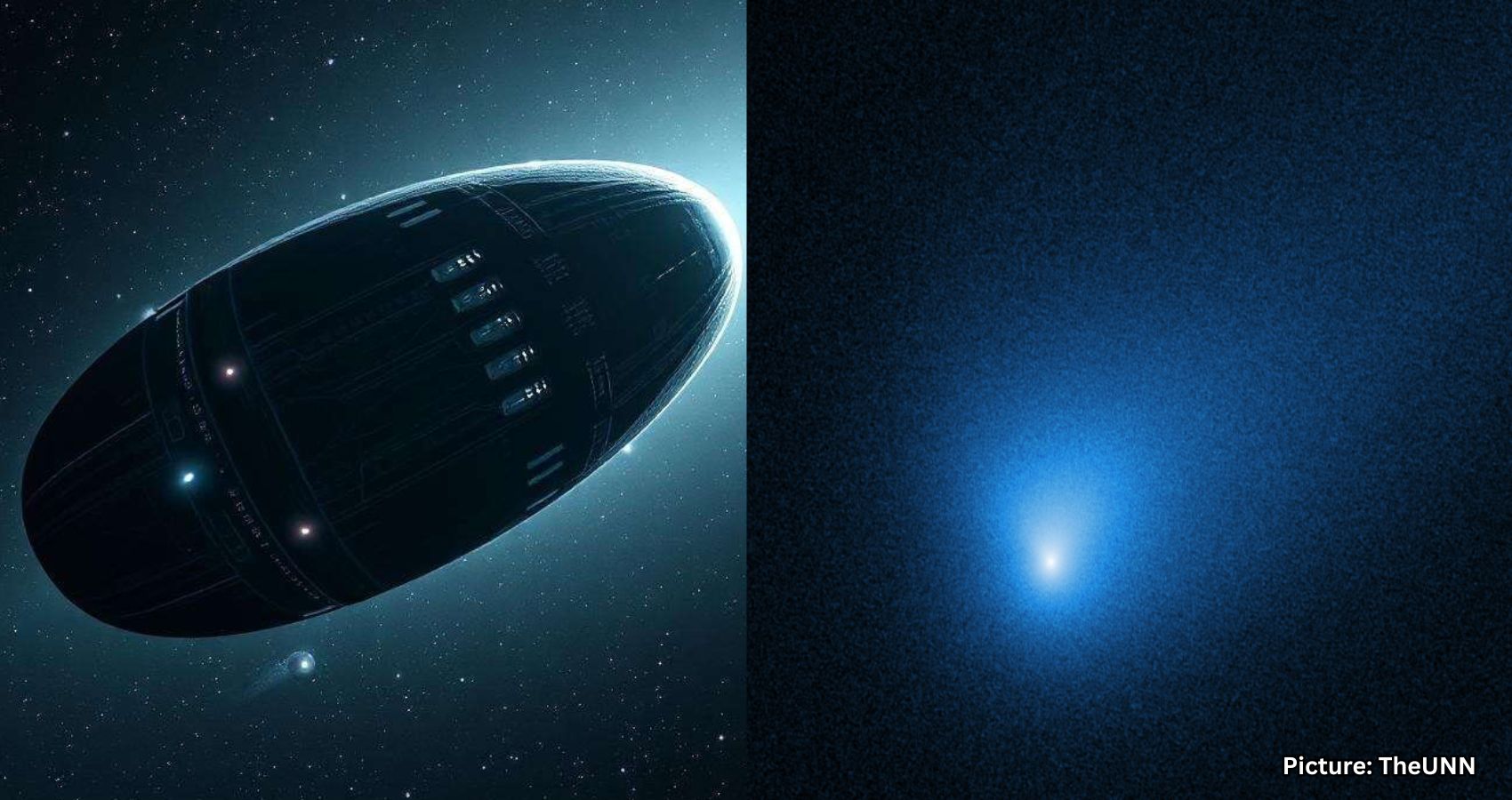A Harvard physicist suggests that the interstellar object 3I/ATLAS may be more than just a comet, possibly even a nuclear-powered spaceship.
Harvard physicist Avi Loeb has raised intriguing questions about the nature of the interstellar object known as 3I/ATLAS, which has recently passed through our solar system. Initially detected in early July by the Asteroid Terrestrial-impact Last Alert System (ATLAS) telescope in Chile, this object marks only the third instance of an interstellar object being observed entering our solar system, according to NASA.
While NASA has classified 3I/ATLAS as a comet, Loeb has pointed out an unusual feature in images of the object: a glow that appears in front of it rather than trailing behind, which he describes as “quite surprising.” In a blog post published this week, Loeb argued that the brightness profile of the object cannot be adequately explained by sunlight reflection or the typical outgassing associated with comets.
Loeb proposes that 3I/ATLAS might be generating its own light, potentially through nuclear energy. He speculated, “Alternatively, 3I/ATLAS could be a spacecraft powered by nuclear energy, and the dust emitted from its frontal surface might be from dirt that accumulated on its surface during its interstellar travel.” However, he emphasizes that this hypothesis requires further evidence to be considered viable.
Loeb has dismissed other natural power sources for the object’s brightness. He noted that a primordial black hole would generate only about 20 nanowatts, which is far too weak to account for the observed luminosity. Additionally, he deemed the likelihood of a radioactive fragment from a supernova as highly improbable due to its rarity. He also ruled out frictional heating from interstellar gas and dust based on momentum and density constraints.
According to Loeb, the simplest explanation for the observed gigawatt-level luminosity is a central, compact, high-power source, with nuclear power being the most plausible option. However, he is careful not to assert that the object is definitively nuclear-powered, stressing that proving this theory would require more substantial evidence.
3I/ATLAS is estimated to be about 20 kilometers across, making it larger than Manhattan. Loeb has also raised questions about the object’s unusual trajectory. He explained, “If you imagine objects entering the solar system from random directions, just one in 500 of them would be aligned so well with the orbits of the planets.”
The interstellar object, which originates from the center of the Milky Way, is expected to pass near Mars, Venus, and Jupiter, which Loeb considers another improbable coincidence. He noted that the probability of it coming close to each of these planets is about one in 20,000.
Nasa has indicated that 3I/ATLAS will reach its closest point to the sun, approximately 130 million miles away, on October 30. Loeb remarked, “If it turns out to be technological, it would obviously have a big impact on the future of humanity. We have to decide how to respond to that.”
As the scientific community continues to study 3I/ATLAS, the implications of its characteristics and trajectory could reshape our understanding of interstellar objects and their potential origins.
Source: Original article

